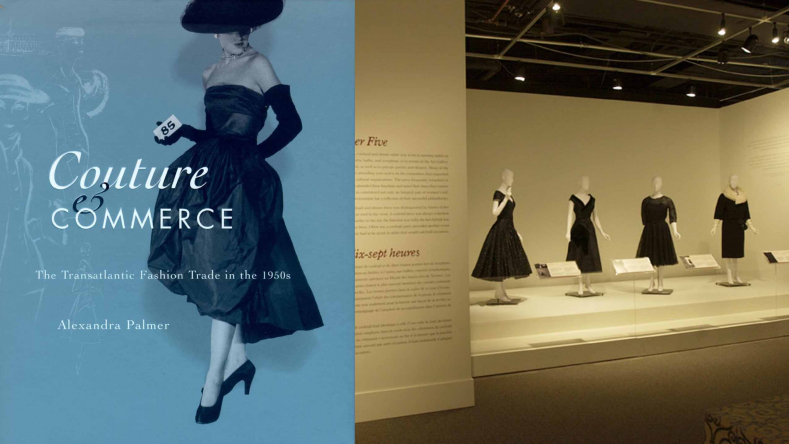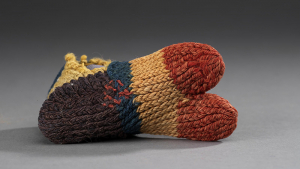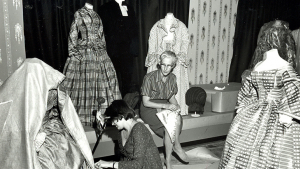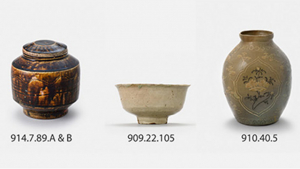The transatlantic fashion trade in the 1950s
Alexandra's book Couture & Commerce: The Transatlantic Fashion Trade in the 1950s, University of British Columbia Press and the Royal Ontario Museum (2001) discusses many couture dresses in the ROM collection and traces their histories from the design houses in Europe to the North American retail stores and finally to the women and social world where they were worn in Toronto.
Couture & Commerce: The Transatlantic Fashion Trade in the 1950s investigates why and how 1950s couture fashion was important in its own day. It looks at the designs from a commercial and cultural perspective in order to understand the significance of imported couture in North America. Examining the layers of meaning embedded in clothing may help to explain why so many of these designs exist fifty years later, and why we are still fascinated by such seemingly obsolete designs.
My interest in this subject began while I was working with couture clothes in the costume collection of the Royal Ontario Museum. As I looked at garments that repeatedly revealed evidence of wear -- worn hemlines in ball gowns, shortened hemlines, and numerous alterations to many delicate and elaborate evening dresses as well as to day wear -- I found myself with many unanswered questions. These traces of wear and modification do not support the commonly held assumption that haute couture clothing was treated as a disposable commodity, to be quickly replaced by another example in the latest style. The evidence clearly demonstrates that the idea of conspicuous consumption in this context is flawed and limiting. The clothes I examined also do not corroborate public opinion that museum collections hold only pristine, "museum quality" couture dresses. The dresses themselves clearly indicate that many of the designs had a complex use.
I was intrigued by the social history of haute couture and the lives of its consumers. I wanted to know where the clothes were bought and worn and what role they played in the wardrobes and lifestyles of the women who wore them. Once I understood this, I could begin to assess the subtle and ephemeral issues of need, value, and longevity that influenced a woman's individual couture purchases.
Many of the answers I was seeking were scant in books but still locked in the memories of those who had sold, bought, and worn the dresses. I first compiled an inventory of donors to the ROM collection, a process that provided the beginnings of a list of Toronto couture customers. This led to interviews with many individuals who had worn the clothes and gave me the opportunity to see many more garments still in private wardrobes. In fact, most of the women I interviewed still kept dresses that they could not bear to part with, though they knew that they would never wear them again. The couture clothes themselves provided a reference point for the interviews. As I asked about where the garments had been worn, I found my research expanding into the unanticipated area of postwar women's volunteer organizations, as Toronto socialites often wore their couture clothes to events that they had organized in the cultural and social service sectors.
The period chosen, from 1945 to 1960, circumscribes a rapid cultural, social, and economic expansion in Canada as it gained a place in global politics. Toronto encapsulated this era of change for English Canada, completely altering its physical, social, and cultural profile over these years, largely due to the influx of European immigrants. The same period also witnessed the high point and subsequent international demise of haute couture. It was a time when the North American fashion industry depended commercially and culturally on European couture designs and when European couturiers depended economically on the North American market.
The retail and consumer histories told here are undoubtedly similar to others throughout North America; each city had its own taste and style, which were reflected in the couture worn there.





